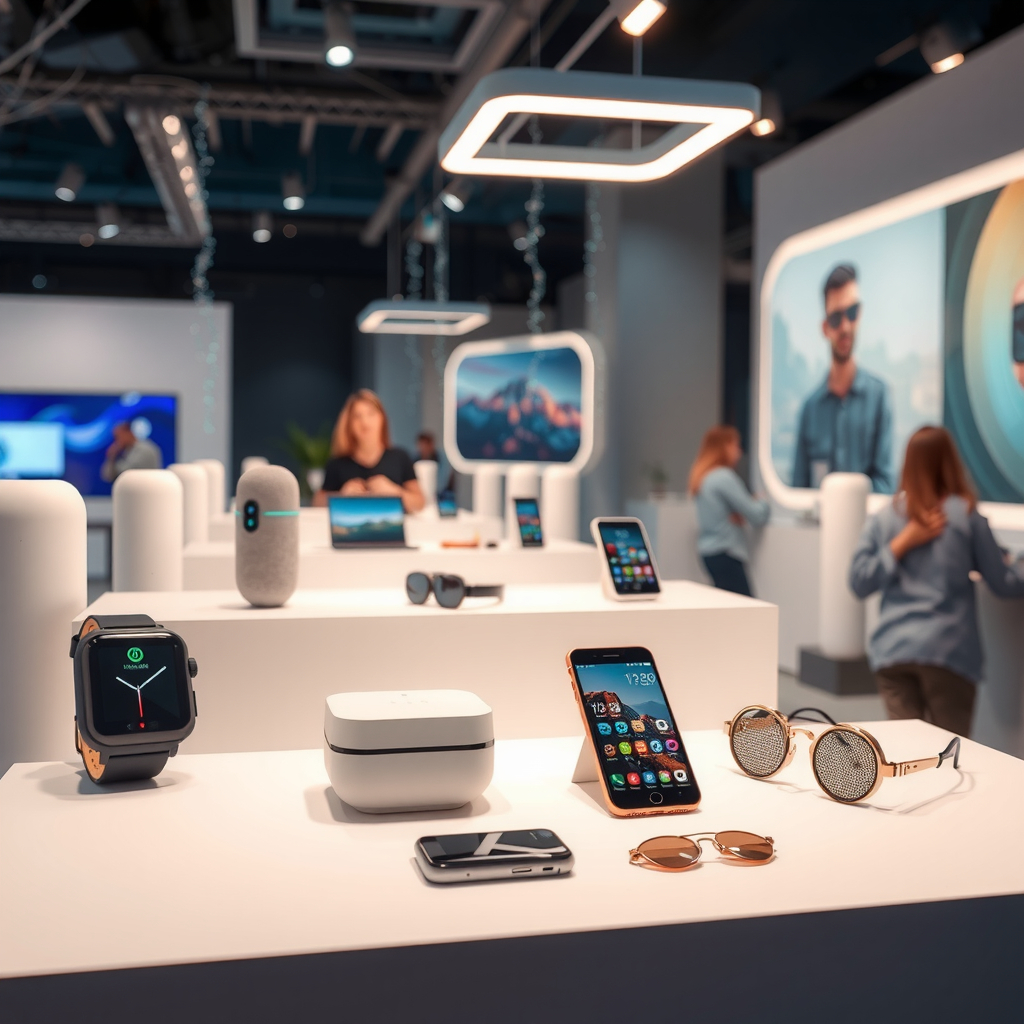The rapid evolution of gadgets over the last few years has revolutionized how we interact with the world around us. From smartphones to wearables, the latest technological advancements have significantly altered daily life, offering improved efficiency, convenience, and entertainment. With industries investing heavily in research and development, gadget innovations continue to surprise us, introducing technologies that were once confined to the realm of science fiction. Today, gadgets like smart home assistants, foldable screens, and health-monitoring wearables are not only accessible but have become integral parts of both personal and professional spheres. These advancements offer more than just novelty; they serve to enhance productivity, support wellness, and even transform how businesses engage with customers. As the tech industry pushes boundaries, these devices are shaping a future where connectivity and automation are at the core of everyday life.
One of the most notable trends in gadget innovation is the evolution of smart wearables. Fitness trackers, smartwatches, and even smart rings are now commonplace, helping users track everything from physical activity and sleep patterns to heart rate and stress levels. These devices are transforming the health and wellness sector, with companies like Apple, Fitbit, and Garmin leading the charge. The integration of artificial intelligence in wearables allows for real-time health monitoring and personalized recommendations, creating an ecosystem where users can receive tailored insights into their well-being. In addition, advancements in battery technology, smaller sensors, and more sophisticated software are making these devices more powerful and capable of offering deeper insights than ever before. Wearable technology is expected to continue evolving, with emerging trends such as the integration of non-invasive glucose monitoring and real-time blood pressure tracking revolutionizing the medical field.
At the same time, smart home gadgets have redefined how we manage our living spaces. With the rise of voice-activated assistants like Amazon’s Alexa, Google Assistant, and Apple’s Siri, managing home appliances, lighting, and security systems has never been easier. These devices have not only increased convenience but also enhanced home security and energy efficiency. The integration of smart thermostats, smart locks, and AI-driven home security cameras provides homeowners with greater control over their environment, even when they’re miles away. The growth of the Internet of Things (IoT) has further amplified this revolution, connecting household items to create a seamless, integrated living experience. With increasing adoption, it is clear that smart homes will continue to expand, with future innovations focusing on greater interconnectivity, energy conservation, and personalized automation.
Another exciting area of gadget innovation is the development of augmented reality (AR) and virtual reality (VR) technologies. The gaming industry was one of the first to embrace these immersive technologies, but now AR and VR are finding applications across various industries, including healthcare, education, and retail. AR gadgets like smart glasses are becoming more advanced, enabling users to overlay digital information onto their physical surroundings, improving both learning experiences and productivity. VR, on the other hand, is being used in therapeutic settings to treat anxiety, PTSD, and phobias, offering a virtual environment for patients to confront their fears in a controlled space. Additionally, the launch of foldable smartphones has added a new dimension to portable tech, offering users larger screens without sacrificing portability. As the world moves toward more interactive and immersive experiences, gadgets equipped with AR and VR are set to play a transformative role in how we work, learn, and play.


